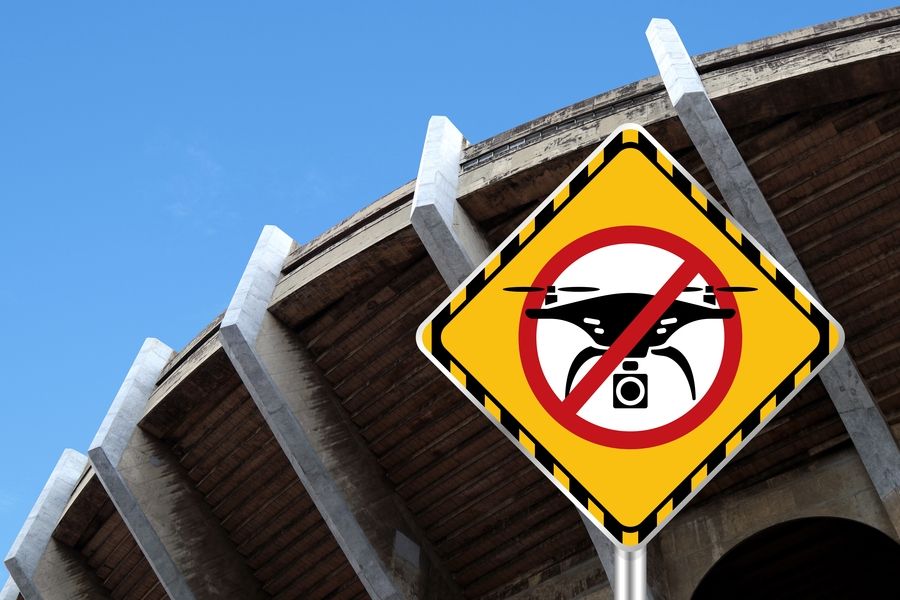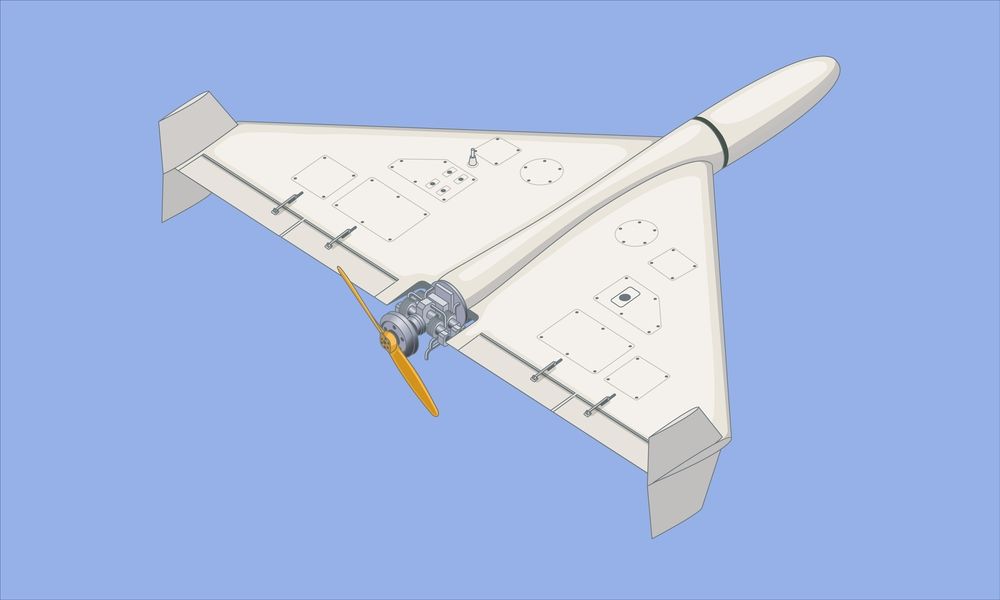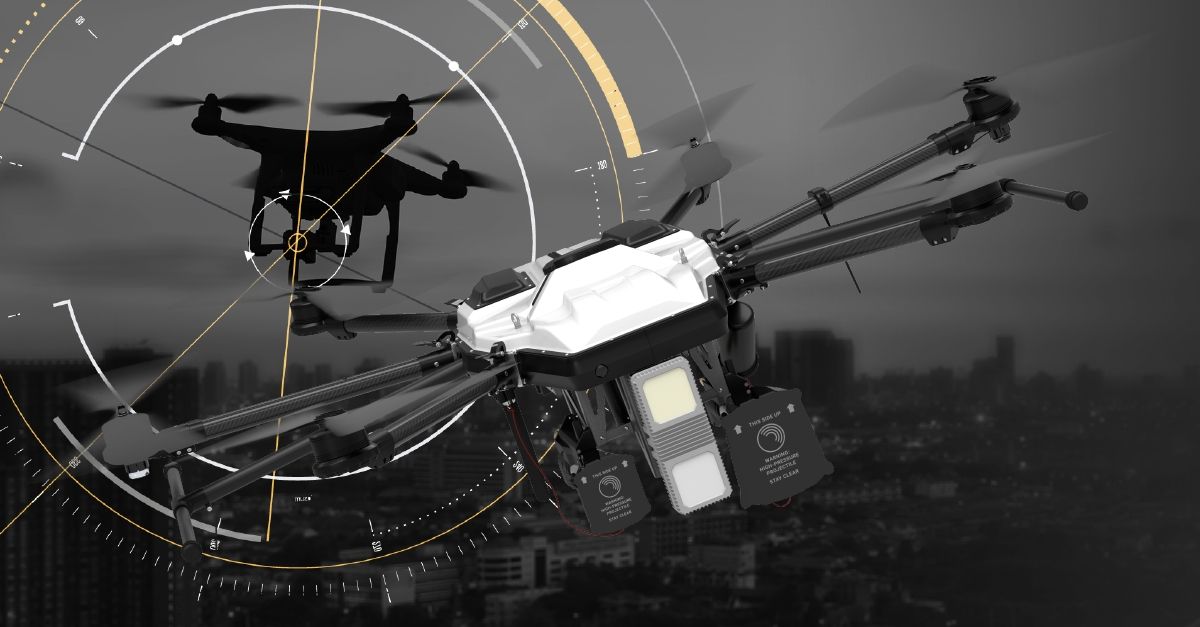
The Problems and Limitations of RF Jammers for Stopping Rogue Drones
There are a number of technologies in development designed to thwart dangerous drones from entering no-fly zones or inflicting harm on civilians. Among them, radio frequency jamming, or “jammers”, can be used to disrupt the RF signal of the drone, causing it to fail. In recent test scenarios however, analysts agree that signal jamming as a counter-measure often does more harm than good.
Take for example the December incidents at Gatwick International airport. Two rogue drones were sighted flying within the airport’s restricted airspace and caused 1,000 flights to be grounded, also terminating airport operations for 36 hours. The disruption to travelers, lost airport and carrier revenue, as well as the harder-to-quantify fear these drones caused were massive. Gatwick officials reportedly attempted several methods of remediation including jamming the drone’s RF signals, which proved ineffective.
So Why Doesn’t Jamming Work?
Precision is Difficult
It is technically difficult to achieve the level of precision required to accurately jam the drone signal while not interfering with other signals that rely on the same radio band. According to Dave Preece, CDO at airspace safety and security company, Fortem Technologies, “The person jamming the RF signal must point the jammer at the moving target and account for multiple variables – from speed and velocity to distance, direction, angle of arrival and altitude, while at the same time ensuring they are not pointing at or near any objects that could be negatively affected by jamming RF signals in the area. Getting this just right on a small moving object is technically very challenging.” Combine this with the fact that most criminal or terrorist-operated drones are intentionally flown on a GPS waypoint, thereby eliminating the RF signal entirely. Hence, there is no RF signal to jam. These “dark drones” or RF silent drones go undetected and undeterred by jammers and can be created by modifying an off-the-shelf drone in a matter of minutes.
Massive Collateral Damage
Other problems with jamming are that when an RF signal is disrupted, it often requires the jammer to guess at the band on which the signal is running. The typical range from 2.4 to 5.0 MHZ means that any technology operating within this range would also be disrupted. In an airport environment this would be inconvenient and potentially disastrous. Air traffic controllers use radio to communicate between the pilot and the tower. A jammed signal could easily disrupt this communication. Airport ground technicians monitor runways and direct planes to gates between runways also using radio communication between themselves and pilots. A disrupted signal could halt communication between these critical operations, resulting in air and ground traffic calamity. Airport commuters and guests using WiFi can also have their signal disrupted creating a huge inconvenience.
Federal Restrictions and Concerns
A July 2018 letter from the FAA to airport operators from and security professionals outlines their primary concerns for various counter-UAS technologies under evaluation. The very first issue of concern identifies the probability of radio interference: “Airport environments had numerous sources of potential interference–more than anticipated. High radio spectrum congestion in these environments made detection more difficult and, in some instances, not possible.” This is followed by the obvious mandate that: “UAS detection systems should be developed so they do not adversely impact or interfere with safe airport operations, air traffic control and other air navigation services, or the safe and efficient operation of the NAS.”
The letter continues to explain why the FAA still doesn’t endorse or advocate for the use of countermeasures in the airport environment, “…successful mitigation (using, for example, electronic countermeasure capabilities) is reliant on accurate detection. Therefore, the use of countermeasure technology and the potential response of the targeted UAS when engaged could introduce greater hazards to the NAS than the UAS-based hazard it is intended to mitigate.”
The use of electromagnetic disruption techniques is specifically criticized: “…they may cause unintentional electromagnetic interference (EMI) and affect the performance of air navigation services equipment on the ground and/or onboard aircraft equipment.”
Other Complications
Because radio frequency is a fragile yet prolific technology, it is illegal for civilians to operate a jammer – those who do face a $20,000 fine and jail time. In addition to communications systems that use RF within an airport environment, consumer technologies such as IoT devices, and medical equipment like pacemakers, are also reliant on RF. A recent article in TripWire identified other vulnerabilities that can be a byproduct of errant jamming, from car locks to home alarms that are powered on a home wifi network. As drones continue to show promise for deliveries, companies like Amazon are proactively planning for potential interference (from professionals or perhaps average people). Amazon actually filed for patents that would protect their drone fleets from signal jamming technologies; thus we can expect that more drones will eventually be immune to jamming as a remediation method.
RF jamming may have value in certain scenarios, however Federal agencies, security professionals and industry analysts agree, the potential fallout from unintentionally jammed signals make this counter UAS technology too dangerous and unpredictable.









Related posts